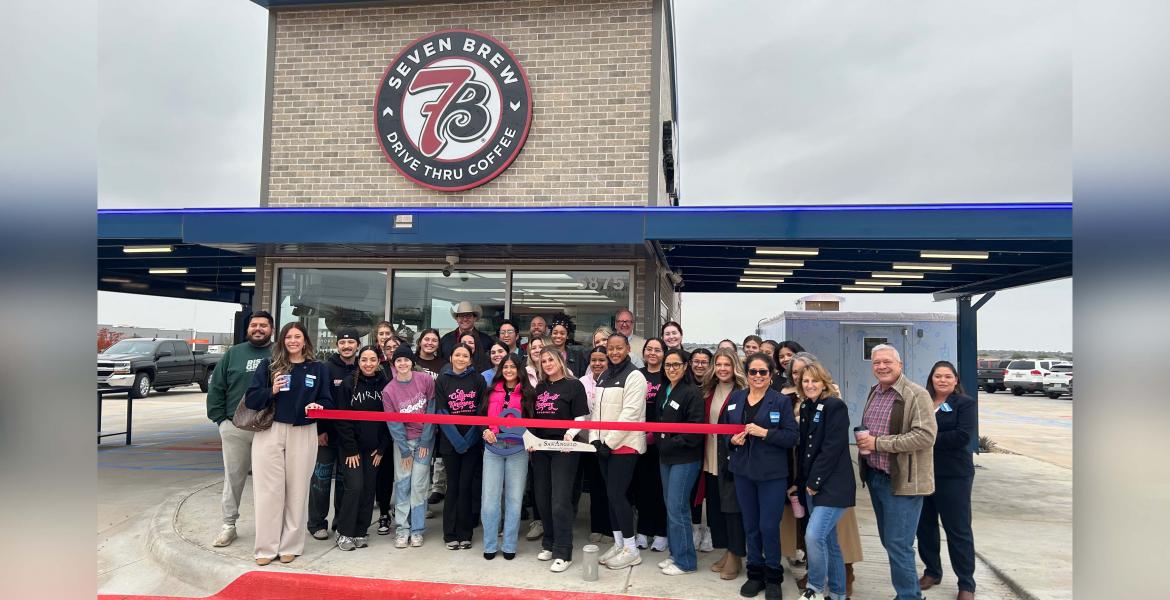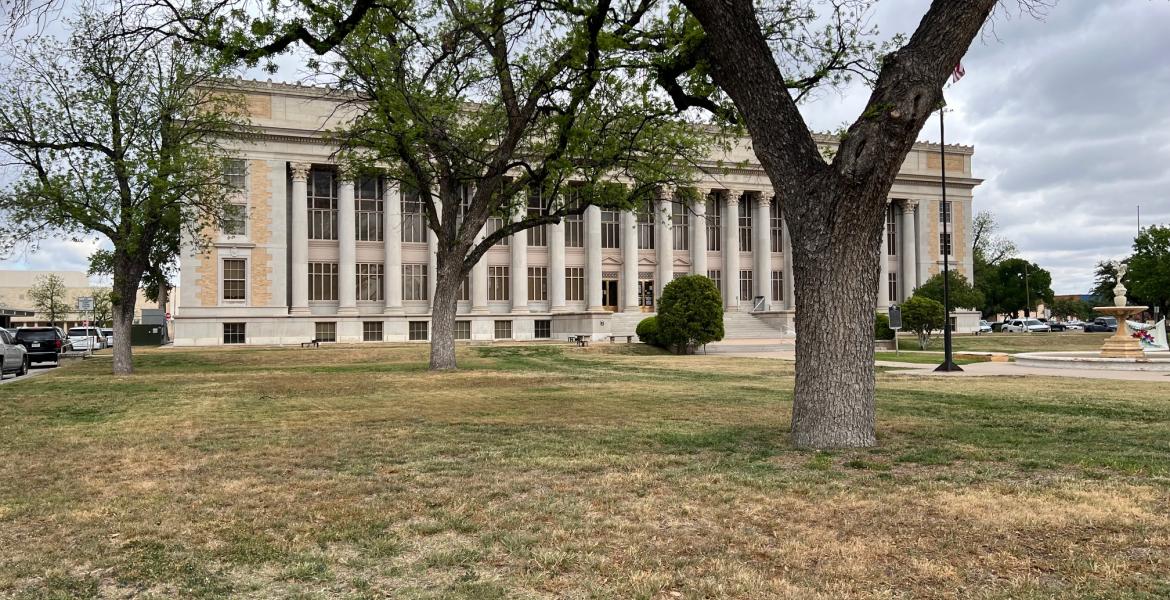Cities across the country have gradually been expanding their borders for the past 70 years and San Angelo is no exception. According to a study by BuildZoom, the city has grown 31.54 square miles since 1940. Recently, San Angelo grew 2.92 square miles in the 2000s.
In order to expand San Angelo’s borders, the annexation must be approved by the city. However, City Planning and Development Administrator AJ Fawver said that she cannot remember anytime an annexation was not approved in her 13-year history working with the city.
Below: The animated map of San Angelo's growth as produced by BuildZoom:

“Typically, if the individual is requesting it, it’s usually a situation where they have a single parcel, or maybe a group of parcels, but they are the only owner and they are asking the city to bring them in,” Fawver said. “I think it’s pretty difficult for our elected officials to find fault with that when it really affects that one individual primarily and they are seeking it proactively. It’s really not very controversial in those situations.”
Jon James, director of Planning and Development Services for the city, said that the city limits generally expand at the request of developers. As the city grows, these homes and businesses built by these developers receive access to water and sewer services from the city. Therefore, the city will continue to grow as more people move into these houses on the edge of the city.
“Generally, if there’s new growth wanting to come into the city that is an area currently undeveloped outside the city, I think in most cases the city would be interested in taking those areas into the city limits,” James said.
In order to begin preparing the annexation, the city starts by substantiating the parameters of the annexation. When this is understood and accepted by the city government, the council gives staff authorization to proceed with contacting the landowners.
“I will say that there’s a well-defined process in state law that has to be followed,” James said. “It’s a very regimented process that the city has to go through for an annexation, whether it is voluntary or involuntary. Involuntary would be where the city decides to annex a large area that didn’t come about based on a request from the property owners themselves.”
In recent years, state law has been amended to require any city annexing properties that fall within an agricultural exemption to be offered the opportunity of entering into a development agreement. In other words, the city gives the landowners the option to go ahead and continue with the annexation or to enter into an agreement with the city. However, certain stipulations will be placed upon the landowner, such as being required to continue to use the land for purposes consistent with the agricultural exemption. If the landowners decided to use the land for commercial purposes, for example, the agreement would be broken and the land would be annexed into the city.
“There is a notification process outlined in state law,” Fawver said. “We are required to notify, of course, the affected parties. We’re also required to notify entities such as the school district, or the Volunteer Fire Departments, who could be affected by the action, and to also let them know that there are meetings at which they can express their opinion, or to give them contact information to provide something in writing if that’s what they’re more comfortable with doing.”
According to Fawver, if a parcel of land is being annexed into the city, the council holds two public hearings in order to give the people an opportunity to speak. Afterwards, the annexation is accomplished by accepting an ordinance, which requires two additional hearings. Once that’s completed, the annexation becomes finalized.
A particularly large-scale in recent years was a case in December of 2011. The city annexed 1,300 acres of land that was north east of the city; this included the San Angelo Landfill as well as Old Ballinger Highway and portions of Highways 277 and 67.
Fawver said that pinpointing the specific reason why the city chooses to annex a parcel of land is difficult because each official has many different viewpoints on the subject.
“But I will say, with that particular annexation, one of the things that prompted examination of [the land] was the possible expansion of the landfill for future usage and increased usage by the city, and, of course, the demands that an increasing population placed upon it. That’s what sort of kicked off the conversation.”
Furthermore, Fawver claimed that the council also brought up that the Old Ballinger Highway and the 67 and 277 corridor are fairly visible gateways into the city.
According to James, population growth and the economy are “interrelated.”
“The economy affects the population growth and visa versa, so they both complement each other,” James said. “If our economy wasn’t doing well, than our population wouldn’t be growing, and, by the same token, as the population grows, it continues to grow the economy.”
When San Angelo LIVE! asked James how expansion affects San Angelo as a whole, he said “that’s a very complicated question.”
“On one hand, cities have to grow over time,” James said. “If you look at any city 50 years ago, it was much smaller. The ability to continue to grow and expand is necessary for a city to retain its viability and economic growth and stability. If we were to say ‘okay, today’s city limits are what they’re going to be forever,’ we would be constraining our ability to grow and prosper as a city.”
On the other hand, James said that if the city grows too quickly, San Angelo can spread itself too thin.
“Each additional expansion of road and water and sewer lines and all those kinds of things cost the taxpayers money long term,” James said. “That’s one of the things we try to look at in planning, is [ensuring] that the type of growth we’re seeing is financially feasible and financially beneficial to the community.”
For more about Planning and Services, read San Angelo LIVE!’s previous story about the department and the dangerous buildings program.
Below is a BuildZoom’s breakdown of the decade by decade expansion of San Angelo:
- In the 1940s San Angelo expanded 5.32 square miles.
- 6.46 square miles in the 1950s.
- 4.30 square miles in the 1960s.
- 4.11 square miles in the 1970s.
- 7.52 square miles in the 1980s.
- 0.91 square miles in the 1990s.
- 2.92 square miles in the 2000s.
For an illustration of this growth, check out BuildZoom’s map of San Angelo.
Subscribe to the LIVE! Daily
Required






Post a comment to this article here: